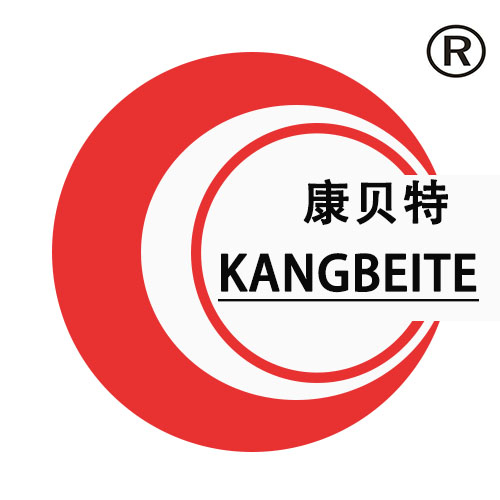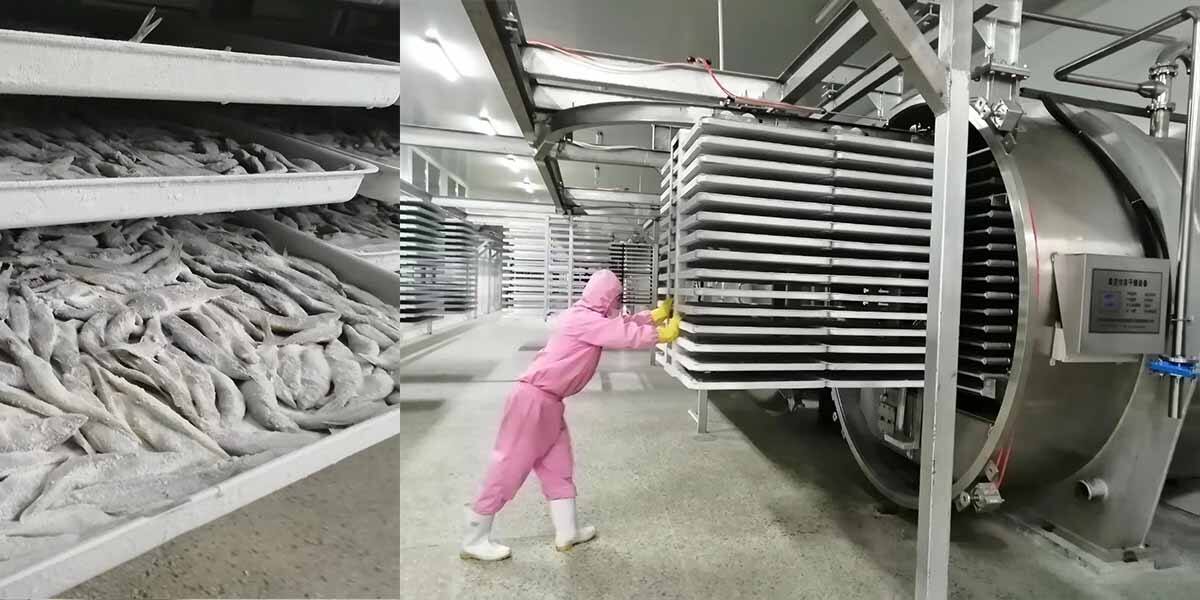Preserving The Nutrients in Food
The nutritional value of foods is retained through the use of freeze-drying machines, which is particularly important. The process of freeze drying includes these three steps: freezing, primary drying with sublimation, and secondary drying through desorption start. The freeze-drying process uses very low temperatures to freeze the food, and the water in it is turned into ice and later removed through a process known as sublimation. Dehydration processes like freeze-drying Vitamin A, enzymes, and other sensitive nutrients are preserved because there are no significant heating processes applied. Freeze-drying keeps 95% Vitamin C in strawberries and blueberries and retains most of its vitamin content. Unlike traditional drying methods which are accompanied by high temperatures and nutrient loss, freeze-drying is by far the best choice. Given the new paradigm concerning health, the freeze-drying machine has found a unique place in the modern food industry because it has the capability of preserving nutrients.
Extended Shelf Life
One of the freeze-drying machines most popular uses in the food industry is the incrementation of the shelf life of products. Water is known to be a major component that contributes to the spoilage of food. The removal of water using the freeze-drying method will halt the growth of microorganisms like bacteria, mold, and yeast. These organisms require moisture to survive and reproduce, thus without it the storage time of food products will increase significantly. The ideal food for emergency supply, military rations, and food to be taken outdoors is freeze-dried food since it can be stored for years without refrigeration. For instance, the popularity of freeze-dried meals is high in the hiking and camping community due to its light weight, ease of transport, and extended shelf life. This not only cuts down on food waste, but also offers a dependable food source in numerous scenarios.
Enhanced Product Quality
Freeze-drying machines improve product quality as well. Unlike other drying methods that cause shrinkage, discoloration, or texture change, freeze-drying leaves the food's shape, color, and texture as is. This is because the ice crystals formed during the freeze process do not ruin the food's cellular structure. Hence the food’s appearance and texture will be preserved, which will improve the experience of the consumers. In addition, freeze-drying has the ability to improve the changes of dehydration of food. Freeze-dried items, especially, are easy to use because when water is added they return to their previous form. For instance, freeze-dried coffee granules dissolve rapidly in hot water, giving an intense and tasty cup of coffee like that served in cafes.
The Development of New Food Products
The capabilities offered by freeze-drying machines allows for the versatility of creating new food products. Food producers are able to create new forms, flavors, and textures using freeze-drying. This is best demonstrated by the process of making crispy fruit snacks along with powdered vegetables and instant soups. By adding different ingredients before freeze-drying, the distinct combinations of certain flavors can be achieved. In addition, flavors and nutrients can be encapsulated using freeze-drying, which enhances the functionality of new products. An example of this is the addition of freeze-dried probiotic powders to food products which aids in promoting better gut health. These new food products can be tailored to ever-changing consumers needs and increase the market food industry along with business opportunities.
Application in Freeze Drying Specialty and High-Value Foods
Freeze-drying machines are applied in processing specialty and high-value foods. Products such as exquisite mushrooms, truffles, and superior quality herbs can also be freeze-dried so their flavor and aroma can be enjoyed all through the year and transported across great distances without losing their quality. With regard to seafood, freeze-drying helps in preserving the delicate taste and texture of mostly sought after and expensive species like salmon and shrimp. High end dairy products are also produced through freeze-drying such as cheese powders and milk protein supplements. The use of freeze-drying enables food producers to add value to their products and meet the demand for specialized and luxurious quality food items.

